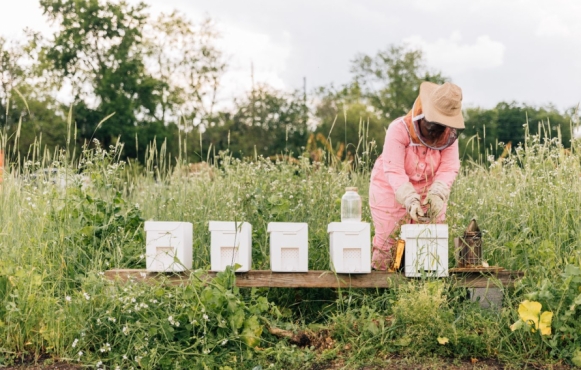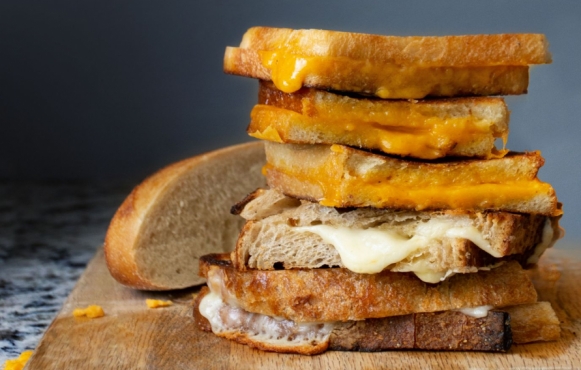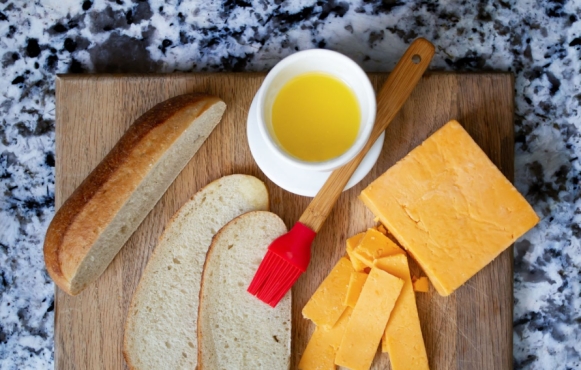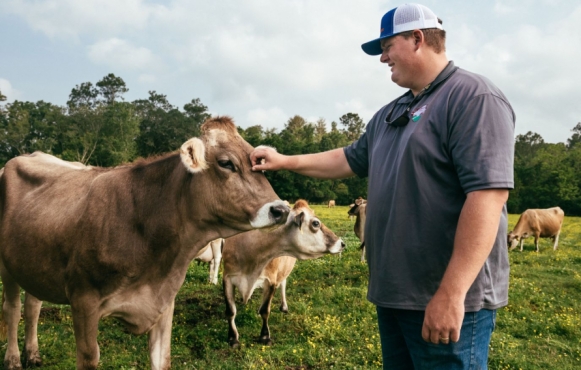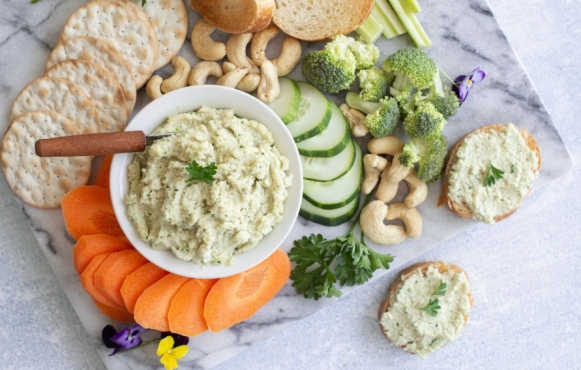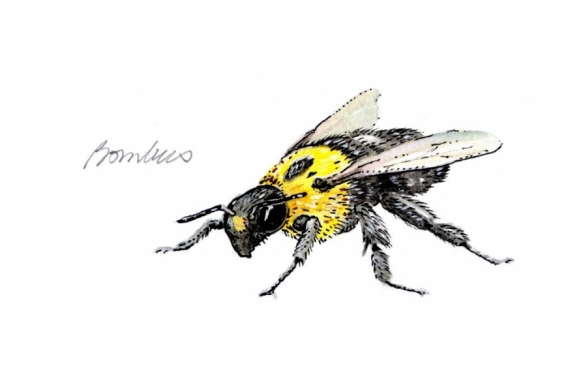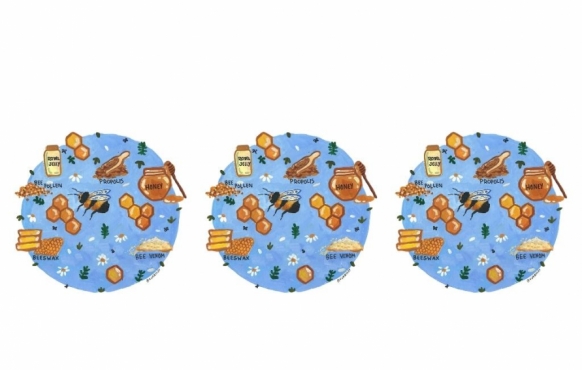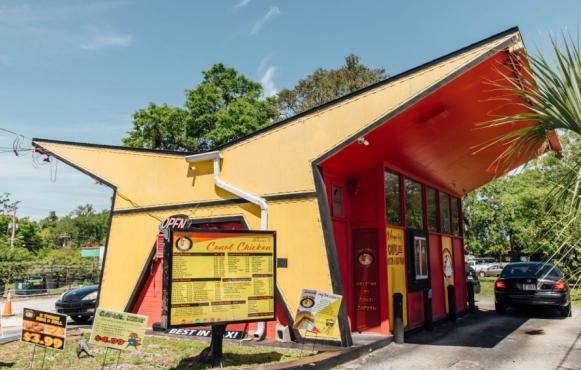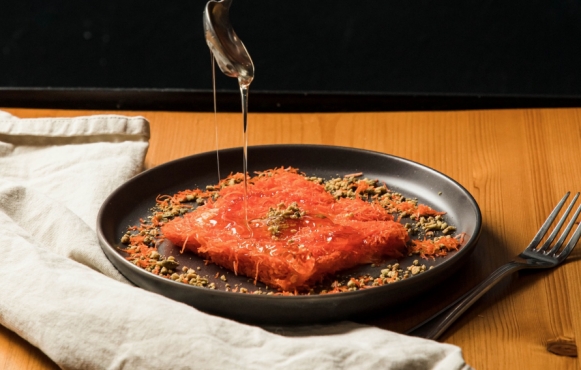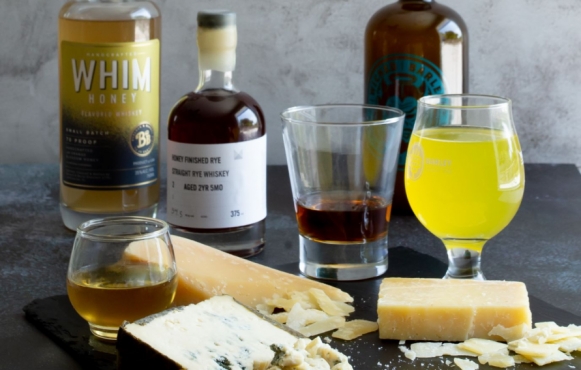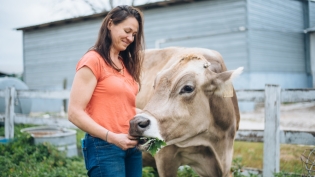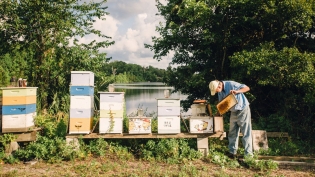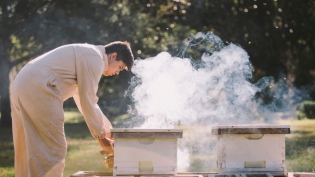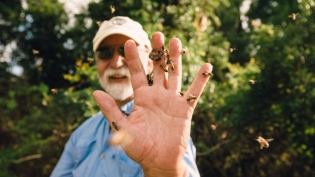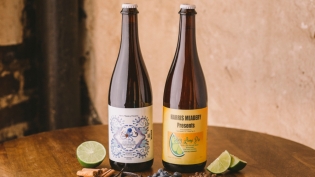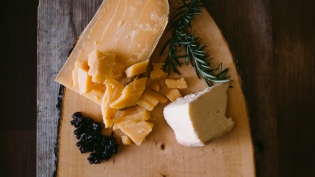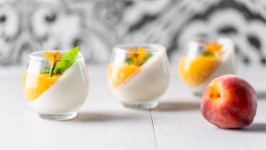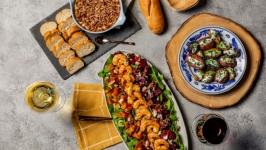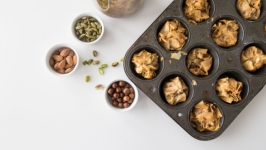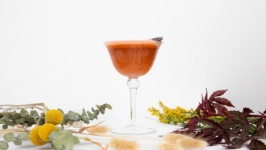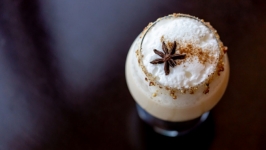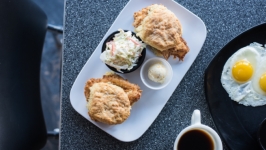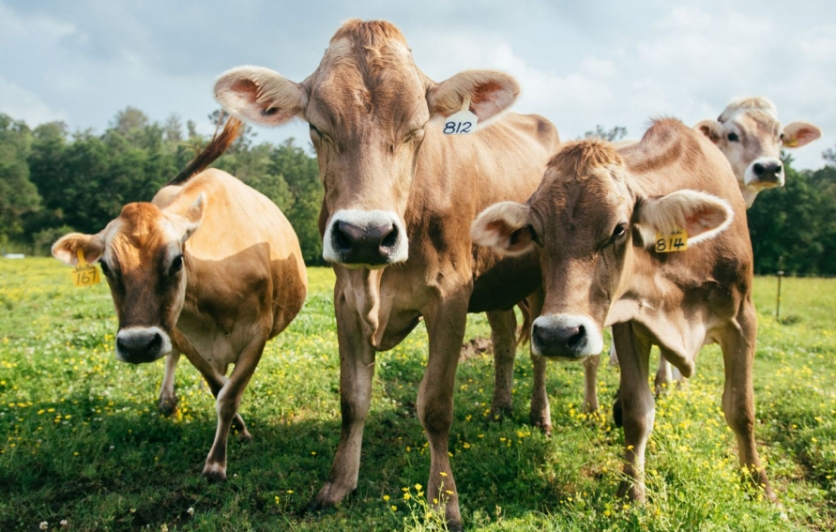
"Any land will flow with milk and honey if it is worked with honest hands!"
Rudolfo Anaya
When I was around 13, I traveled by myself to visit my sister who was living in Montreal. She served tea with our breakfast and when she asked what I wanted in my beverage, I said milk and honey, thinking it was a very adult way of imbibing this hot drink. That was the first time I tried that combination, and to this day that is my preferred way of drinking tea. What is it about those two ingredients that make the creamy milk and sweet honey such a delicious and luxurious pairing?
The book of Exodus talks about the promised land as a land “flowing with milk and honey,” and the phrase is associated with prosperity, abundance and a richness of produce. Certainly, if honey is flowing, bees are doing their work as pollinators, enabling plants to grow. It’s estimated that more than three-quarters of the world's food crops rely on pollination by insects and other animals, and one-third of all vegetables and fruits produced are pollinated by honey bees. Without pollinators, many of us wouldn't enjoy coffee, chocolate, oranges and so many other foods that are part of our daily lives.
In this issue, we look at our region as a land of plenty, focused on all the delicious ways milk and honey brings abundance to our lives. We may not consider Florida as dairy farmland, but these farms, overwhelmingly family-run businesses, are an important part of the state’s agricultural industry. According to Florida Dairy Farmers, there are about 125,000 dairy cows in the state that produce 300 million gallons of milk annually. Read how one local dairy farm is evolving to keep the family business growing, in spite of challenges presented by COVID-19.
Speaking of growing, learn about the partnership between an urban beekeeper and local farms, as they work together to pollinate crops while providing access to beekeeping knowledge and resources. Even though there are nearly 5,000 registered beekeepers in Florida (and more than 800 in the northeast region of the state), managing approximately 630,000 colonies, there is always a need for more. Bees make more than honey, and we have a handy guide to those other products, along with some tips on identifying honey bees and other members of the species. You’ll also find recipes, an ode to grilled cheese and suggestions for pairing locally made honey-based beverages with some artisan cheeses.
There is, of course, more going on in our region than these pages contain, so we encourage you to get out and explore the businesses and communities throughout Northeast Florida who are doing great things with milk and honey. We love to hear about your discoveries too so be sure to share your adventures! Doing so is easy by simply tagging us on social media @edibleneflorida.
**********
STORIES FROM THE MILK AND HONEY ISSUE


